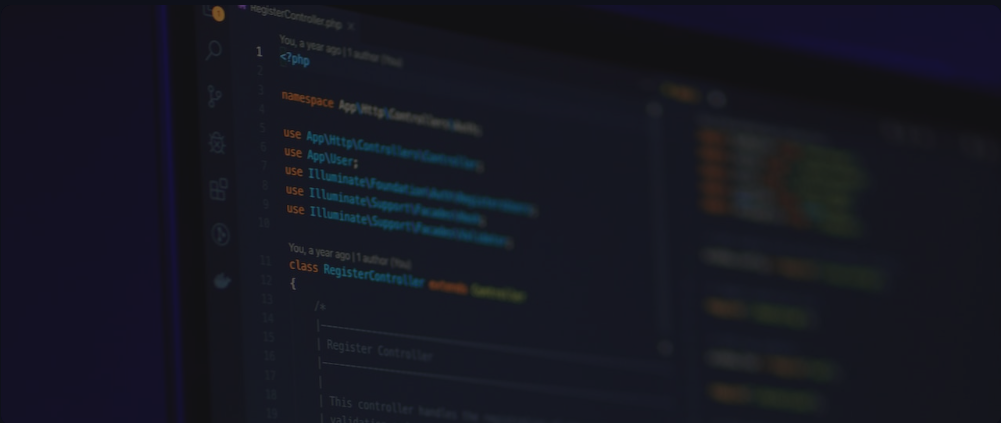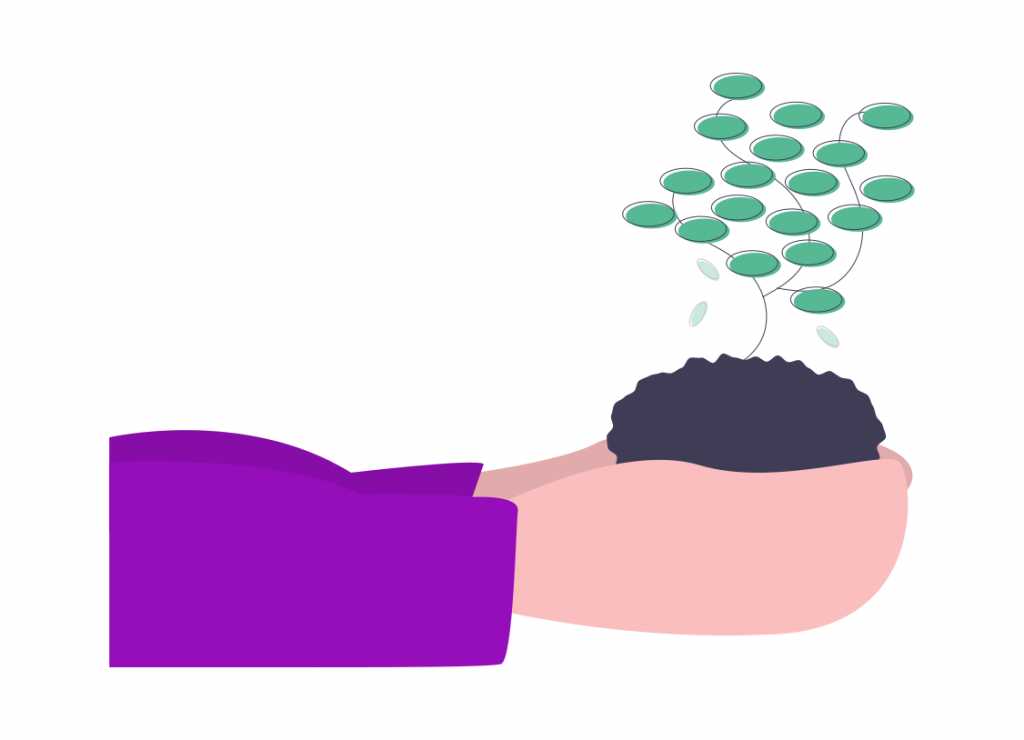Blog
Building a K8S Operator to manipulate your Managed Cluster Nodes
For our WebAssembly Special Interest Group at Liquid Reply we wanted to build a proof of concept that allows us to run WebAssembly workloads on regular Kubernetes nodes which are managed by a Cloud Provider like AWS, Azure or GCP. As WebAssembly images require a modified OCI runtime, in our case CRUN, with support to run WebAssembly. CRUN needs to be compiled, or replaced on the node with a version that has WebAssembly readily compiled.

Relationship between Rightsizing resources, Carbon Footprint & Cloud expenses
The technique of matching cloud instance types and sizes to the workload performance and capacity requirements at the lowest possible cost is known as Rightsizing.
The key compute utilization metrics to consider while rightsizing are vCPU, Memory, Network and Disk use (Virtual IT Resources). Usage patterns play a key role in rightsizing, to properly estimate rightsizing, we need to analyze cloud usage patterns.

Cloud GreenOps - Sustainable Business
In an era where the dire consequences of climate change loom large, the cloud computing world is stepping up to the plate. The correlation between our digital activities and carbon emissions may not be immediately apparent, but it's high time we recognize our role in this global issue. Did you know that streaming 1GB of data online generates as much CO2 as driving 10 kilometers in a car? Join us on a journey of discovery as we explore Cloud GreenOps, the key to reducing your business's carbon footprint in the digital age.
Buckle up: it's time to put sustainability in the driver's seat.

Awareness about Carbon Footprint
Ever wondered about your carbon footprint? It's the mark we leave on the environment through our daily actions. From the fuel in your car to the book you read, everything has a carbon cost. Join us to unravel the mysteries, explore global stats, and dive into the surprising world of cloud carbon footprints. Let's make a sustainable future a reality.
Understanding the Basics: What Is a Carbon Footprint?

Enforce Compute Sustainability through Policies
Authored by Florian Stoeber and Vanessa Kantner
Using the public cloud has a huge impact on the environment. The public cloud is just another company’s server, running in a data centre. These data centres are now – mid-2022 – responsible for 2% of the world’s total greenhouse gas (short: GHG) emissions[1]. This number is expected to rise over the next years, due to the almost exponential growth in demand of public cloud services.
In this blog post, we share with you the idea and possible implementation of centrally governing your cloud carbon emissions as an organization by using policies in your cloud environment.

Liquid Reply joins Bytecode Alliance
Liquid Reply is proud to announce its official membership in the Bytecode Alliance, a nonprofit organization driving secure cross-infrastructure code execution. Discover our dedication to shaping the future of cloud-native applications with WebAssembly.
